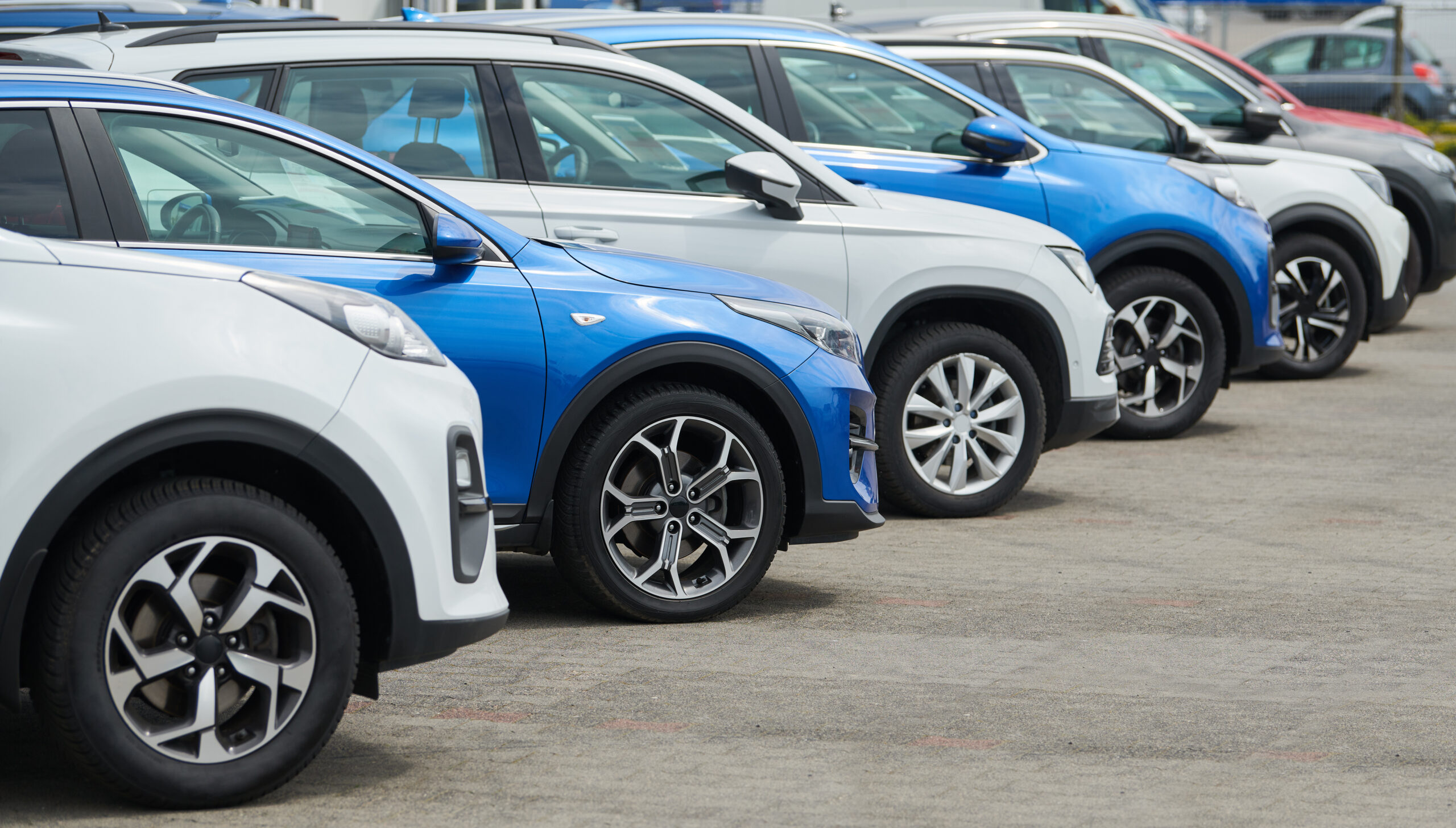
Leasing vs. Financing: What’s the Difference?
When it comes to acquiring a vehicle, you have two main options: leasing and financing. Both approaches offer distinct advantages and are suitable for different needs and preferences. Understanding the differences between leasing and financing can help you make an informed decision based on your financial situation and long-term goals. This guide compares leasing and financing to provide a clear understanding of each option.
Comparison of Leasing and Financing a Car
- Ownership and Commitment
Leasing
When you lease a car, you essentially rent it for a specified period, usually between two to four years. At the end of the lease term, you return the vehicle to the leasing company and have the option to lease a new model. Leasing does not result in ownership of the car, and you are only paying for the depreciation of the vehicle during the lease term.
Financing
Financing a car involves taking out a loan to purchase the vehicle. With financing, you own the car once you’ve paid off the loan. Monthly payments go towards both the loan principal and interest, and you can keep the car as long as you like. Once the loan is paid off, you own the vehicle outright.
- Monthly Payments
Leasing
Lease payments are typically lower than loan payments for the same vehicle. This is because you are only paying for the vehicle’s depreciation and not the full purchase price. Lower monthly payments make leasing a more affordable option for many people.
Financing
Monthly payments for a financed vehicle are generally higher than lease payments. This is because you are paying off the full purchase price of the car plus interest. However, once the loan is paid off, you no longer have any monthly payments.
- Mileage Limits
Leasing
Leases often come with mileage limits, typically ranging from 8,000 to 15,000 miles per year. If you exceed the mileage limit, you may face additional charges at the end of the lease term. It’s important to choose a lease with a mileage limit that aligns with your driving habits.
Financing
When you finance a car, there are no mileage restrictions. You can drive as much as you want without worrying about additional fees. This makes financing a better option for those who drive long distances regularly.
- Maintenance and Repairs
Leasing
Leased vehicles are usually covered by a warranty for the duration of the lease term. This can reduce out-of-pocket expenses for repairs and maintenance. However, you are responsible for routine maintenance and must return the car in good condition.
Financing
When you own a financed vehicle, you are responsible for all maintenance and repair costs once the warranty expires. While you have more flexibility in maintaining the car, you may face higher costs for repairs as the vehicle ages.
- Customisation
Leasing
Leased vehicles typically cannot be customised. Any modifications you make must be reversible, as you are required to return the car in its original condition. This restriction limits your ability to personalise the vehicle.
Financing
Owning a financed vehicle allows you the freedom to customise it to your preferences. Whether you want to add aftermarket parts or make cosmetic changes, you have full control over how the car is modified.
- End of Term
Leasing
At the end of a lease, you return the vehicle to the leasing company. You can then choose to lease a new model, buy the car (if there is a purchase option), or explore other vehicles. There may be fees for excess wear and tear or mileage overages.
Financing
Once you have paid off your loan, you own the car outright. You can keep it for as long as you want or sell it if you choose. There are no additional fees beyond what was agreed upon in the loan terms.
- Flexibility
Leasing
Leasing offers flexibility if you like driving new vehicles and prefer changing cars frequently. It’s a good option for those who enjoy having the latest features and technology.
Financing
Financing provides long-term stability and ownership. If you plan to keep your vehicle for many years and prefer not to deal with car payments indefinitely, financing may be the better choice.
Browse Our Financing and Leasing Options
Interested in exploring both leasing and financing options? Browse our range of financing and leasing solutions to find the best fit for your needs. Whether you prefer lower monthly payments with leasing or long-term ownership with financing, we offer a variety of options to suit your preferences. Visit our website to discover the best deals and make an informed choice based on your financial goals.
Conclusion
Leasing and financing each offer unique benefits and considerations. Leasing provides lower monthly payments, flexibility, and the ability to drive a new vehicle regularly, while financing offers ownership, no mileage limits, and the freedom to customise. Understanding these differences can help you choose the option that best aligns with your lifestyle and financial situation. Explore our website to compare financing and leasing options and find the ideal solution for your vehicle needs.









